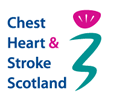Influenza is a virus which causes feverish illness, often in seasonal outbreaks.
It is very important that you have your flu vaccination every year. People with asthma are in the high risk group for flu. The influenza vaccine has to be given annually as strains of the flu virus change and new vaccines are developed to give you immunity to the most common strain each year. It is important for protection rather than risk severe illness and possible hospital admission.
The flu vaccine has been proven to reduce exacerbations of asthma and it is very effective in protecting you from risk of severe illness or possible hospital admission.
Your GP surgery offer the vaccine from October to March, if you are unwell the vaccine may be withheld so try to attend early to avoid winter infections.



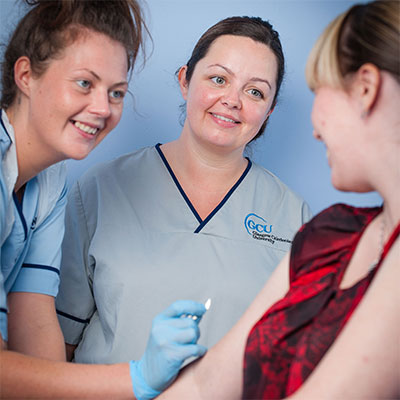
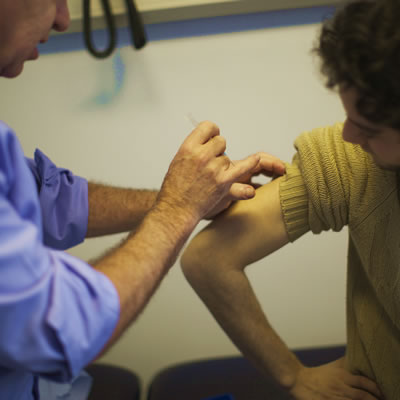
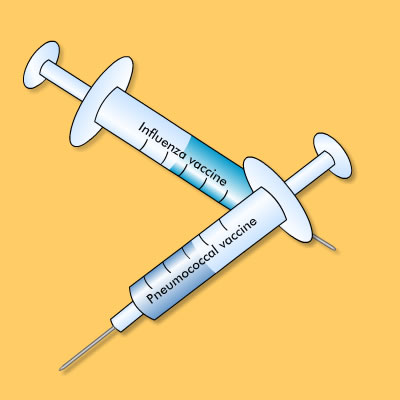

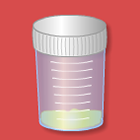 To check for infection which will help to prescribe the correct treatment for you
To check for infection which will help to prescribe the correct treatment for you
